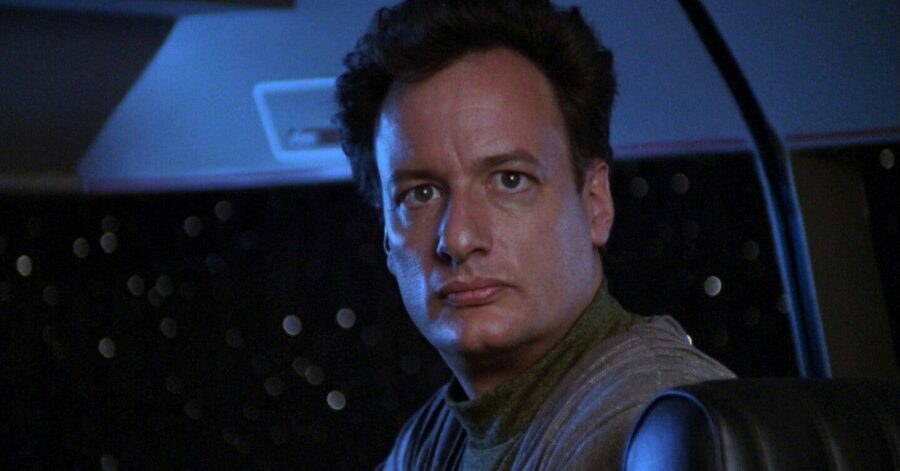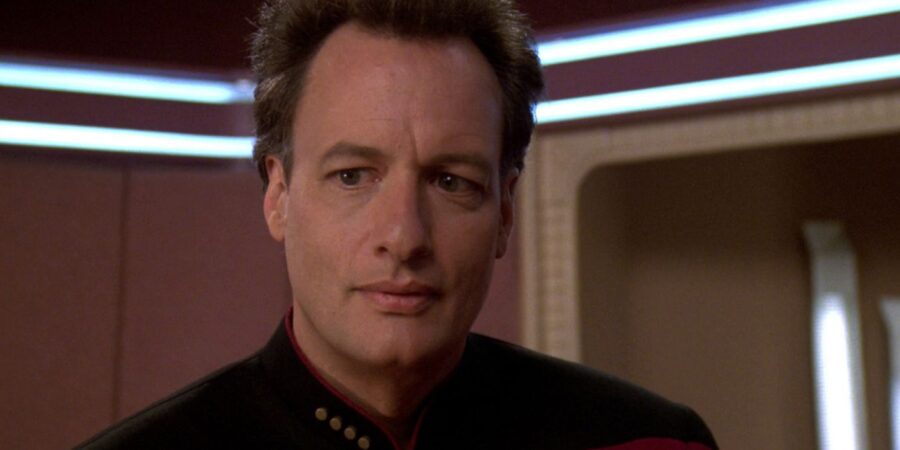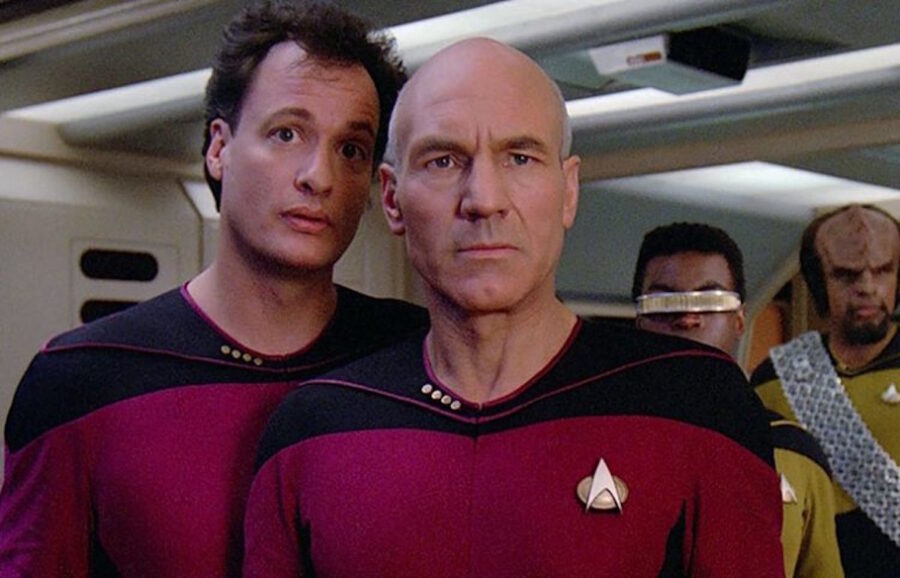Why Star Trek Is Really Bringing Back Q
Q is coming back into the fold for Star Trek: Picard and now we have some idea about why they are bringing the character back now
This article is more than 2 years old

Sequel revivals are all the rage in Hollywood these days. Cobra Kai restored the tarnished legacy of karate bad-boy Johnny Lawrence and brought the ideals of Chuck Norris to a new generation of loveable knuckleheads. The Gossip Girl remake, set years after Serena married Dan, redefines the tribulations of adolescence in the more delicate age of cancel culture, social media, and TikTok-inspired mobocracy. And Star Trek: Picard, a meditative take on an aging Jean-Luc 20 years after Star Trek: Nemesis, explores the trials of post-trauma, creeping senescence, and perceived isolation from a world that by all accounts has left the good Captain behind. Series showrunner Akiva Goldsman hopes to continue the conversation on social connectedness (or lack thereof) in Season 2 with the return of Q, the transcendent former member of USS Enterprise-D from Star Trek: The Next Generation. In fact, it’s one of the primary reasons they brought the character back into the fold.
Goldman went into significant detail with The Hollywood Reporter around why Q is so important to this upcoming season, the second for Star Trek: Picard. Among other things, he explains why Q is brought back into the mix now, especially considering the changes Picard went through at the end of the first season.
“There are a lot of people who think of Q as a trickster god, right? And he is. But he’s also a profoundly significant relationship in Picard’s life. There’s a lot of discussion in Picard season two about the nature of connectedness. Q’s kind of a great lightning rod for that because in some ways he’s one of Picard’s deepest — not deep in the same way that Riker is or Beverly Crusher was — but in its own uniquely, profoundly deep relationship.”

First appearing in Star Trek: The Next Generation Q (played by John de Lancie) belongs to a race of omnipotent, shape-shifting immortals (also called Q) that far transcend the existential confines of most finite living creatures. Having lived longer than anyone in the universe, Q developed a lighthearted, acerbic nature to the human condition, often to the point of seeming flippant or thoroughly numbed to empathy. The character arc of a deity is typically a straight line; metaphysical perfection leaves little room for surprises. But not Q.
Meeting the crew of the Enterprise, and connecting with Picard, fundamentally changed Q’s view of humanity. No longer does he find humans a “dangerous, savage child-race.” Instead, like Marvel’s Vision, he discovers “grace in their failings,” a kind of irreverent beauty in a canvas painted with a curious, if not contradictory, a mishmash of order and chaos. Q, being omnipotent, experiences connectedness by nature, but not as profoundly as after he met Picard and the Enterprise. It’s what makes him something of an anomaly in the Star Trek franchise.

So, what role does a “trickster god” have to play in a Star Trek series as somber and emotionally derelict as Star Trek: Picard? Goldsman assures audiences Q will thematically follow in Picard’s footsteps. His race may not process time like most beings, and yet he will be able to experience mortality viscerally by seeing and feeling vicariously through Picard. Goldsman and fellow showrunner Terry Matalas have already discussed the specifics of Q’s character arc in minute detail. He clarifies:
“Terry Matalas and I don’t pretend that the interstitial years didn’t happen. No, obviously, chronological time is less relevant to Q. The time between shows is probably not even the blink of an eye in Q time — if you even have Q time. But we definitely chose to follow suit when it came to him. So as we tried to evolve the other characters, the same is true of Q. This is a show of a different time with actors of a different age. We’re now talking about the issues that come up in the last (stage) of your life. We wanted a Q that could play in that arena with Picard.”
If old Kirk in the Prime timeline is to Picard what Kelvin-Pike was to Kelvin-Kirk, then it’s clear what Q’s role to play is in Picard’s elaborate swan song. Every struggling retiree deserves an able companion in their twilight years, and so does old man Picard. As Goldsman said, Q has no actual understanding of time; it’s neither linear nor finite in his eyes, only ever-present and steady. He’s a bachelor for life, never growing old but also never quite young. Seniors lose their sense of connectedness as entropy gradually takes its course, and Q is connectedness personified. He is the bridge — the only bridge — between the world Picard once knew and the world that lies ahead. Star Trek: Picard is setting up for an amazing second season.












